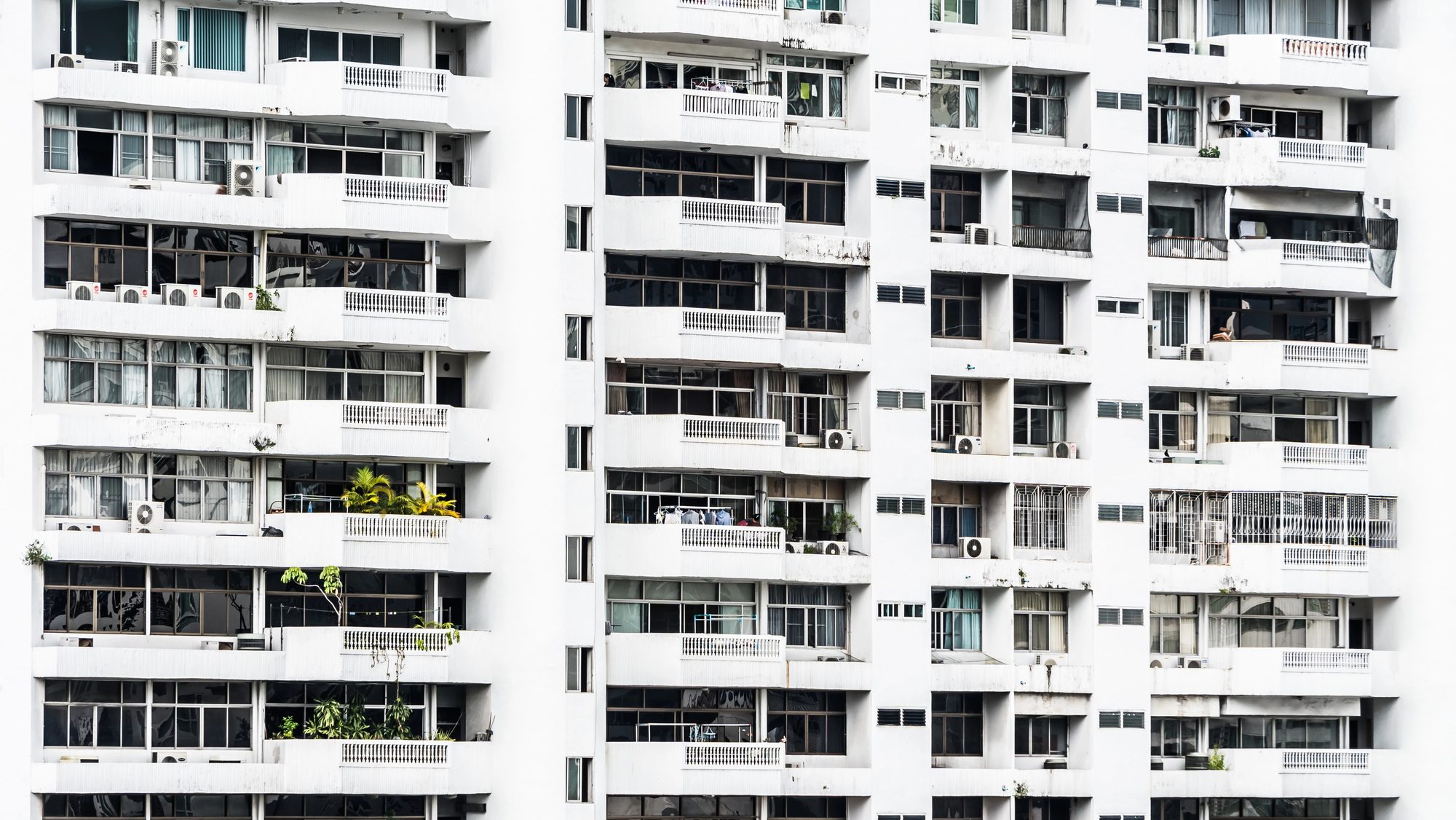SINGAPORE: Private home demand and prices are expected to rise moderately this year, driven by anticipated interest rate cuts, an improving domestic economy, and an increase in new project launches, according to OrangeTee’s Private Residential Market Outlook 2025.
As borrowing costs decrease, many previously hesitant buyers may feel more confident about re-entering the market.
However, interest rate declines in 2025 may still be gradual due to economic uncertainties, including the potential impacts of US policy changes under President-elect Donald Trump, which focus on tax reductions and broad-based tariffs.
This, in part, could raise inflation risks, possibly limiting the Federal Reserve’s ability to cut rates further. According to the International Monetary Fund’s (IMF) World Economic Outlook Report, global growth is expected to remain stable next year.
The growth expected in the US is likely to balance the slower growth in Europe. Meanwhile, some emerging Asian economies are expected to perform better due to higher demand for semiconductors, electronics, and investments in artificial intelligence.
The Monetary Authority of Singapore (MAS) noted that Singapore’s economy is expected to grow at a similar pace this year, supported by the global tech boom and easing financial conditions worldwide.
This is expected to boost consumer confidence, spurring investment in the property market.
In 2025, Nine large-scale projects, each with over 500 units, may be launched, up from four in 2024 and six in 2023. Six mid-sized projects, with units ranging from 200 to 500, are also expected to be launched this year.
Meanwhile, the number of private homes receiving Temporary Occupation Permits (TOP) is expected to “dwindle” further, leading to tighter supply and likely higher resale prices, particularly in the suburbs where demand is high.
Increased project launches
According to OrangeTee, about 24 projects could be launch-ready this year, adding over 11,000 new homes (excluding ECs) to the market. However, if developers delay or stagger their launches, only 19 projects, about 8,513 units, may be launched instead.
Of the estimated 19, around 37.8 per cent (3,218 units) are expected in the suburban Outside the Central Region (OCR), 27.1 per cent (2,308 units) in the city fringe or the Rest of Central Region (RCR), and 35.1 per cent (2,987 units) in the prime areas or Core Central Region (CCR).
Notable launches in the suburban and city fringe areas include Parktown Residence (1,193 units) in Tampines, the GLS site at Upper Thomson Road (941 units), the GLS site at Marina Gardens Lane (937 units), and The Orie at Toa Payoh (777 units).
New home prices may modestly rise by 2 to 4 per cent, with increased sales expected to push total new sales volume to between 7,000 and 9,000 units, up from 6,200 to 6,400 in 2024, bringing figures in line with the past 10-year average of 8,751 units.
With an increase in project launches and higher resale prices, overall residential prices could grow by 4 to 7 per cent, while sales volume is expected to remain stable at around 18,000 to 22,000 units.
Resale prices to rise as demand outpaces supply in 2025
Lower borrowing costs are expected to increase demand for resale homes. However, the supply will decrease with fewer homes being completed and available for resale.
Private home completions (excluding ECs) are projected to fall by 41.3 per cent year-on-year (YoY) from 9,103 units in 2024 to 5,348 units in 2025.
“There is a strong likelihood that resale prices will experience robust growth as demand is expected to outstrip supply next year,” OrangeTee stated.
As a result, resale prices could increase by 4 to 7 per cent, with the strongest growth in the suburban OCR, where demand is typically strongest. Supply in these areas is also expected to decline by over 20.4 per cent, while city fringe and central regions will see similar reductions.
In OCR, supply is expected to decline by 20.4 per cent, from 2,526 units in 2024 to just 2,010 units in 2025, far below the 10-year average of 7,143 units between 2014 and 2023.
In the city fringe, supply is also projected to drop by 54.3 per cent, from 3,381 units to 1,544 units, while the Core Central Region (CCR) will see a 43.9 per cent decrease, from 3,196 units to 1,794 units.
Due to the limited supply of resale completions, resale transactions are expected to fall between 10,000 and 12,000 units in 2025, down from 12,800 to 13,500 units in 2024. /TISG
Featured image by Depositphotos (for illustration purposes only)

